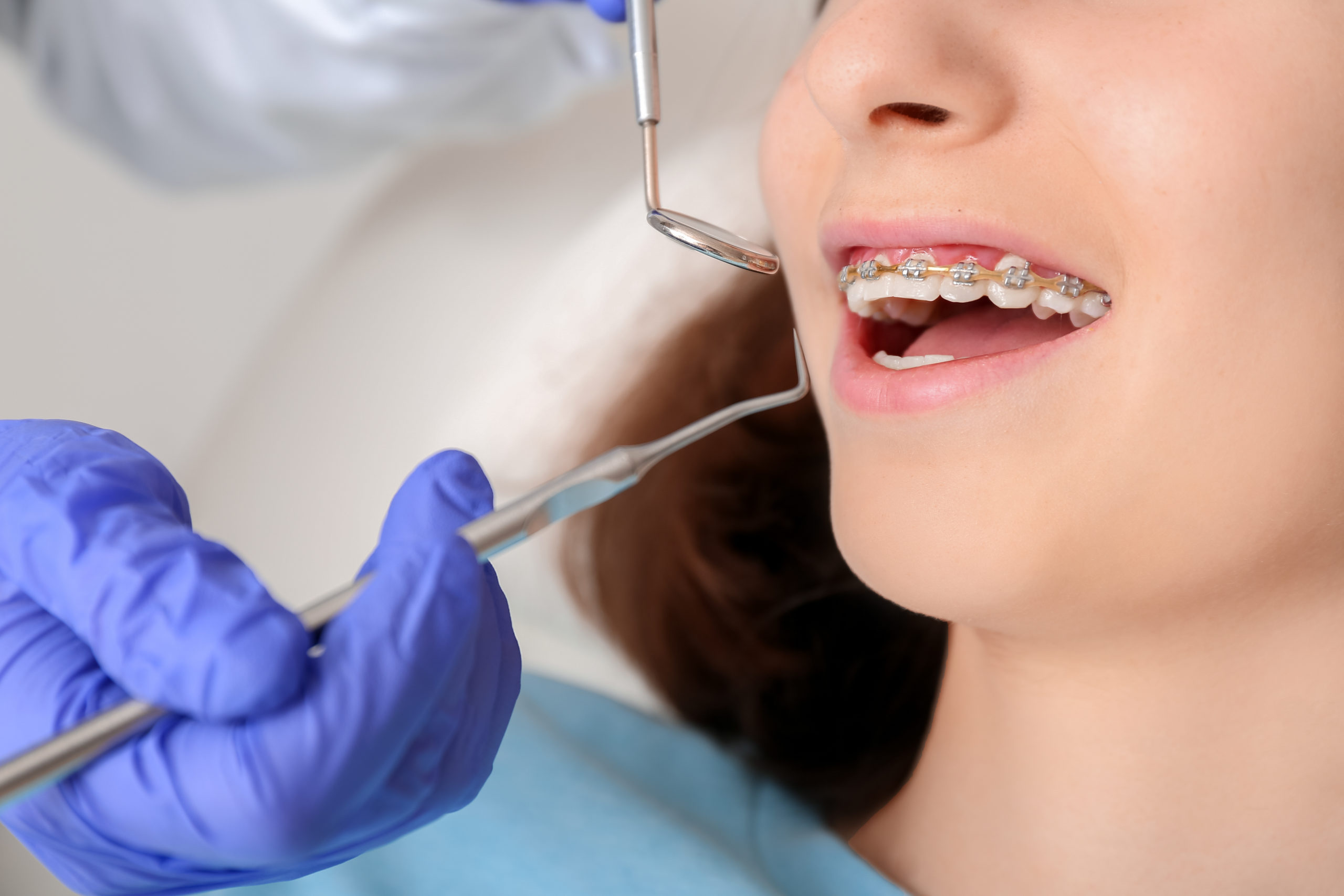Why Cumming Invisalign is the Perfect Option for a Discreet Orthodontic Service
Why Cumming Invisalign is the Perfect Option for a Discreet Orthodontic Service
Blog Article
Comprehensive Overview to Orthodontics Treatments for Remedying Oral Misalignments
In the realm of orthodontics, the trip to achieving a perfectly aligned smile involves a myriad of procedures tailored to deal with oral misalignments. From standard dental braces to invisible aligners and even surgical options, the area of orthodontics uses an array of remedies to address differing levels of dental irregularities. Understanding the details of each procedure, including their mechanisms, benefits, and prospective disadvantages, is essential in making notified choices regarding one's orthodontic treatment. As we browse through the detailed overview to orthodontic procedures for fixing oral misalignments, the intricate details of each technique will unravel, shedding light on the course towards a harmonious and practical dental alignment.
Orthodontic Procedures Summary

In enhancement to clear aligners and traditional braces, orthodontists may likewise advise other interventions like headwear, palatal expanders, or retainers to attend to certain positioning concerns (cumming aligners). These procedures are tailored per client's special needs and might involve a mix of therapies to achieve the preferred outcomes. Regular adjustments and monitoring are crucial components of orthodontic therapy to guarantee development gets on track and to make any kind of required adjustments in the process. By undertaking orthodontic treatments, individuals can not only accomplish a straighter smile however additionally boost their overall dental health and wellness and feature.
Typical Dental Braces: How They Work
When thinking about orthodontic therapies for dental imbalances, standard dental braces stand out as a reliable method for dealing with teeth positioning. Conventional dental braces contain braces, cords, and bands that interact to apply continual pressure on the teeth, slowly moving them right into the wanted positioning. The braces are affixed to the teeth making use of a special adhesive, and the wires are threaded with the braces. By changing the tension of the wires, orthodontists can regulate the instructions and pressure used to each tooth, assisting them right into proper placement with time.
As pressure is applied to the teeth with the braces, the bone bordering the teeth is reshaped to sustain the new tooth settings. People will certainly require regular modifications at the orthodontist's office to make sure the braces proceed to use the correct pressure for effective teeth activity.
Undetectable Aligners: Disadvantages and pros
These clear, customized trays are virtually invisible when worn, making them an attractive choice for people looking for a much more cosmetically pleasing orthodontic treatment. Patients can remove the aligners prior to eating or brushing their teeth, minimizing the danger of food getting stuck in the device and simplifying the cleansing procedure.

Surgical Orthodontic Options
Surgical treatments in orthodontics existing feasible choices for resolving intricate dental misalignments that might not be successfully dealt with with standard orthodontic treatments. While traditional dental braces and unnoticeable aligners can correct several orthodontic problems, particular cases call for medical intervention to accomplish optimal outcomes. Surgical orthodontic options are commonly recommended for severe malocclusions, substantial jaw inconsistencies, and situations where the underlying bone framework needs modification to attain correct placement.
One usual surgical orthodontic treatment is orthognathic surgical treatment, which involves repositioning the jaws to correct useful problems such as problem chewing or speaking. This surgical treatment is often carried out in collaboration with an orthodontist that helps line up the teeth before and after the treatment. Surgical orthodontics may also involve procedures to reveal impacted teeth, get rid of excess gum tissue, or improve the jawbone to produce an extra harmonious face account.
Prior to taking into consideration surgical orthodontic alternatives, clients undergo an extensive assessment to determine the need and potential benefits of such treatments. orthodontist. While surgery may seem challenging, it can significantly improve both the feature and appearances of the smile in instances where conventional orthodontic therapies fall short
Retainers and Post-Treatment Care

Post-treatment treatment click here for more involves complying with the orthodontist's guidelines faithfully. This may consist of proper oral health practices, going to follow-up appointments, and putting on the retainers as prescribed. Failing to abide by post-treatment treatment instructions can result in regression, where the teeth slowly move back in the direction of their initial placements. Regular retainer wear, great oral hygiene, and routine oral exams are necessary for keeping the outcomes accomplished through orthodontic surgical treatment and making certain the long-lasting stability of the corrected dental placement.
Final Thought
In verdict, orthodontic procedures offer various alternatives for remedying oral misalignments. Surgical orthodontic options are readily available for much more severe misalignments. Overall, orthodontic treatments can successfully improve oral health and visual appearance.
As we navigate via the extensive overview to orthodontic procedures for remedying dental imbalances, the elaborate details of each method will unfold, dropping light on the course toward a functional and harmonious dental placement. - cumming invisalign
One of the most common orthodontic therapies is the use of braces, which are composed of steel brackets and cords that use mild pressure to gradually move teeth into the desired placement.When thinking about orthodontic treatments for dental misalignments, standard dental braces stand out as a time-tested method for remedying teeth placing. Additionally, unseen aligners might not be ideal for complicated orthodontic concerns that require more significant teeth activity, as they are normally advised for moderate to modest situations. Retainers are customized orthodontic devices developed to hold teeth in try this their dealt with settings after the conclusion of orthodontic therapy.
Report this page